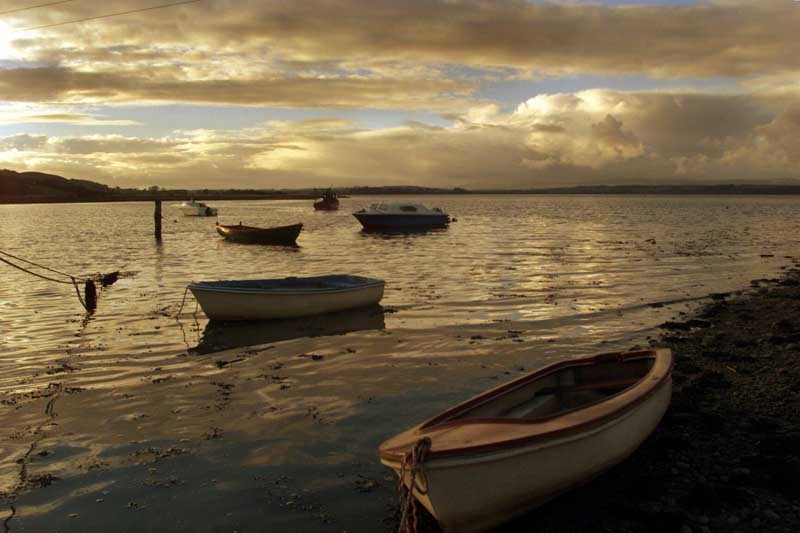The Maryton Exposure is not the latest political scandal but a story that attracts keen interest.
In geological terms the Maryton Exposure on Montrose Basin is one of the sites that provides evidence that tsunamis are not confined to distant shores.
It shows that a major coastal flood caused by a series of tidal waves that swept across the North Sea laid down a layer of sand along the east coast of Scotland 8100 years ago.
On April 11 the public will have a chance to see the remnants of this surge when the Scottish Wildlife Trust will lead a guided tour of the basin mudflats.
Tsunami disasters around the world have prompted many people to wonder if it could happen here.
According to many experts the answer is that it already has several times.
A cut into the face of the mud bank at Maryton on the south-western corner of Montrose Basin reveals a record of the changes that occurred in the sea level and coastal environment.
A series of waves caused by a slip of land the size of Scotland off the Norwegian coast is believed to have caused waves up to 15 metres high to sweep across the North Sea.
Surveys linked to the development of natural gas fields in the North Sea in recent years have suggested that unstable sediments disappeared with the slide 8000 years ago and that a new ice age would be required with the deposition of new glacial sediments on top of the soft clays to create conditions for new large-scale sliding.
